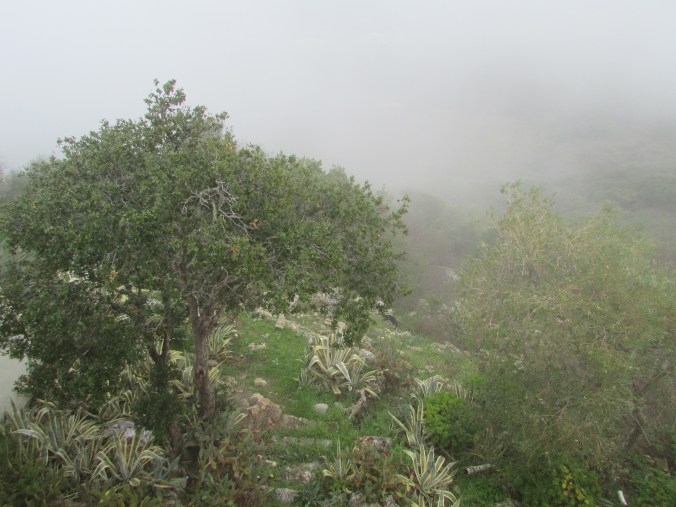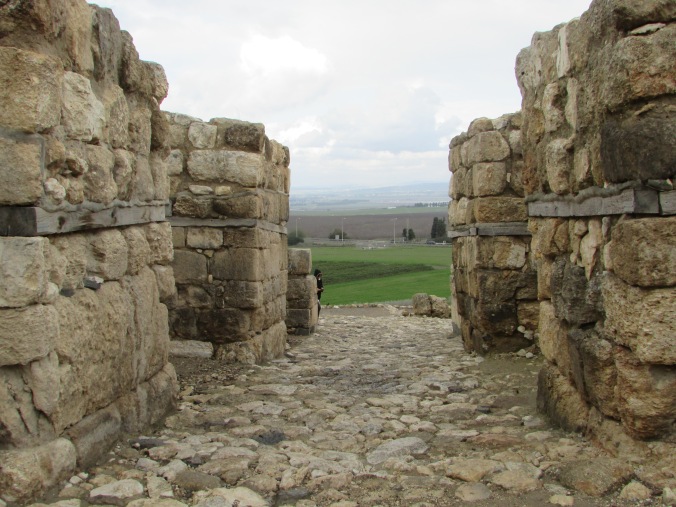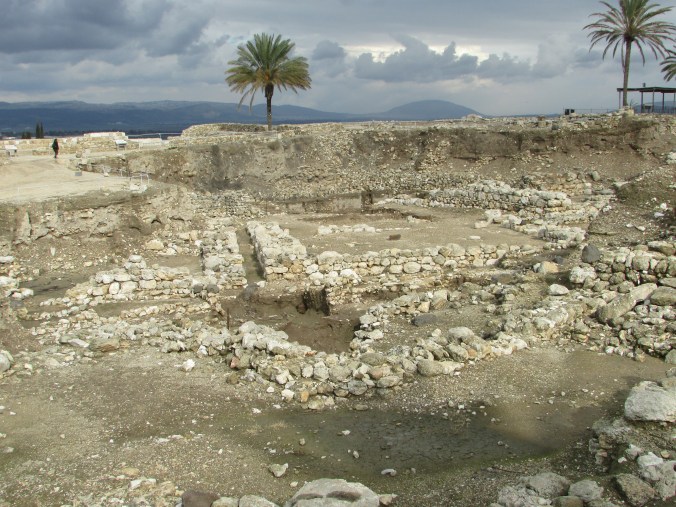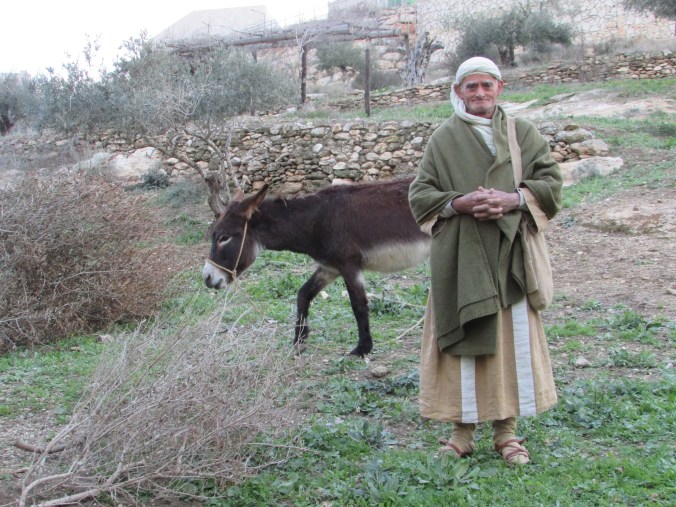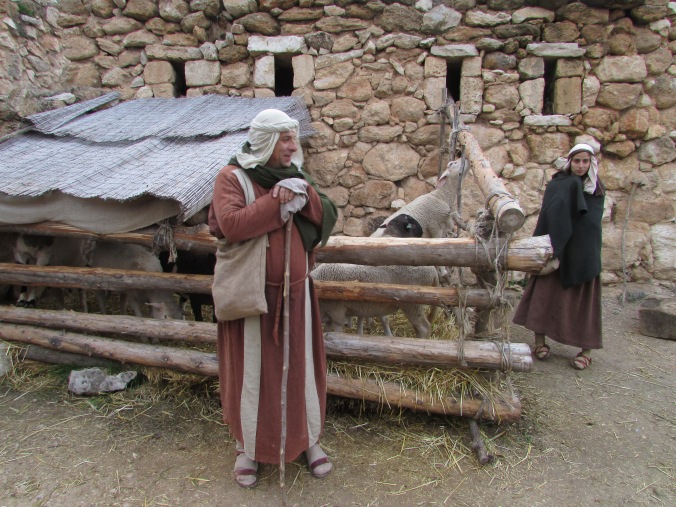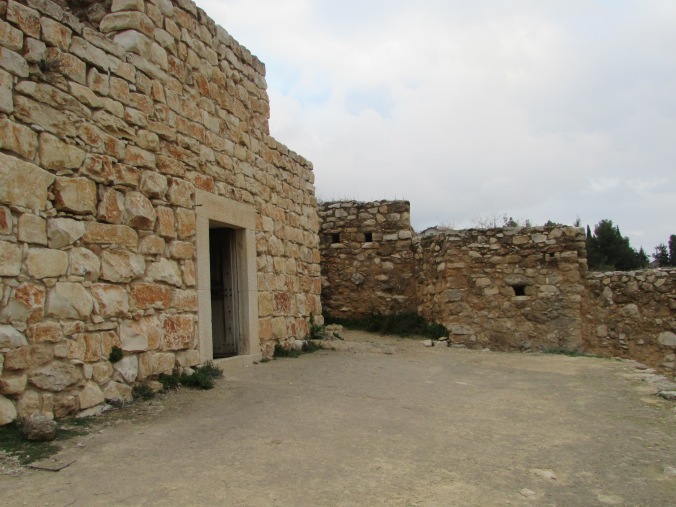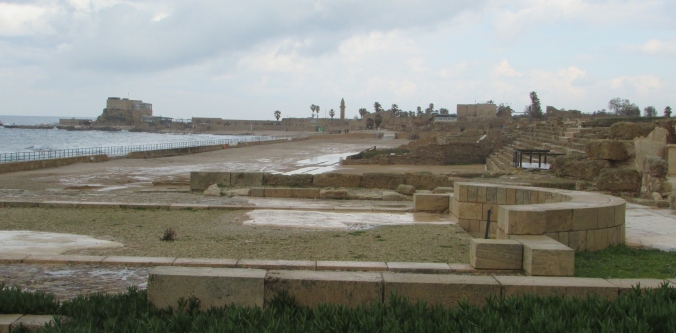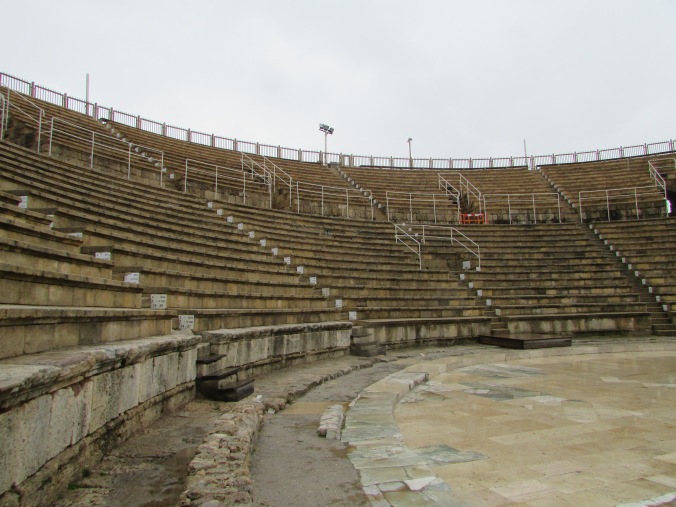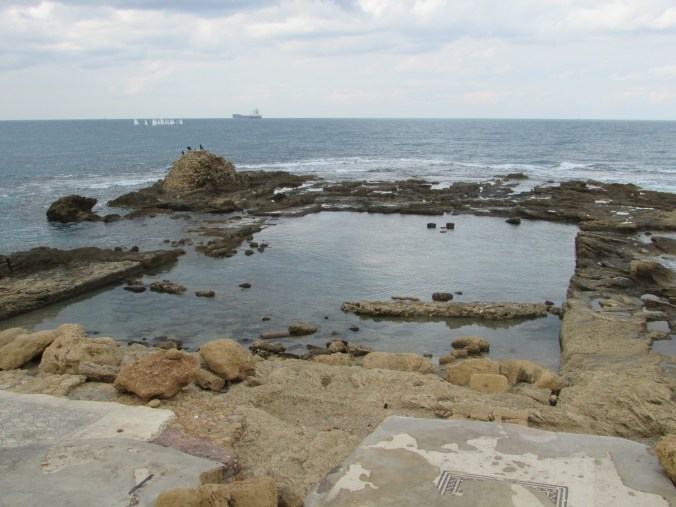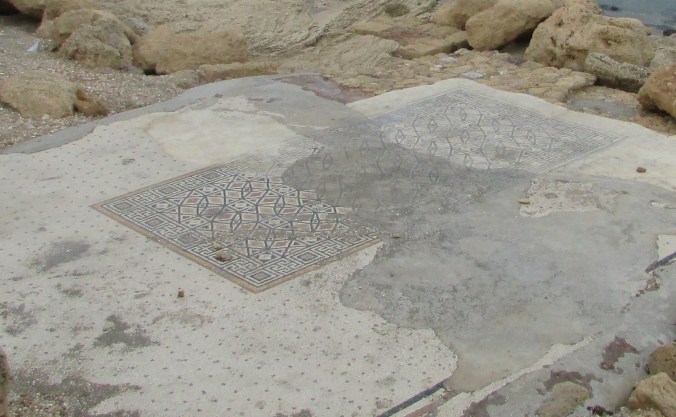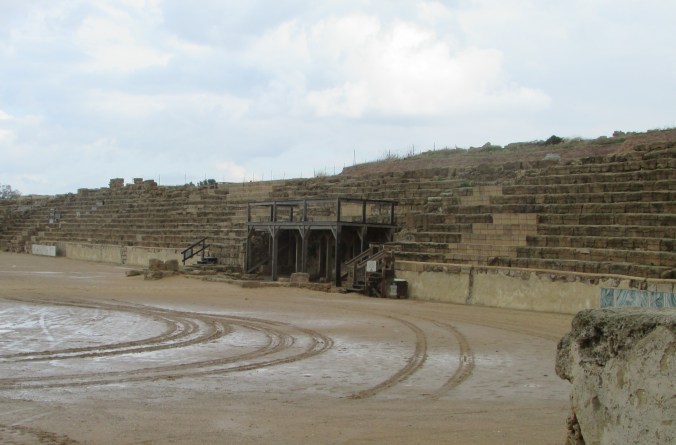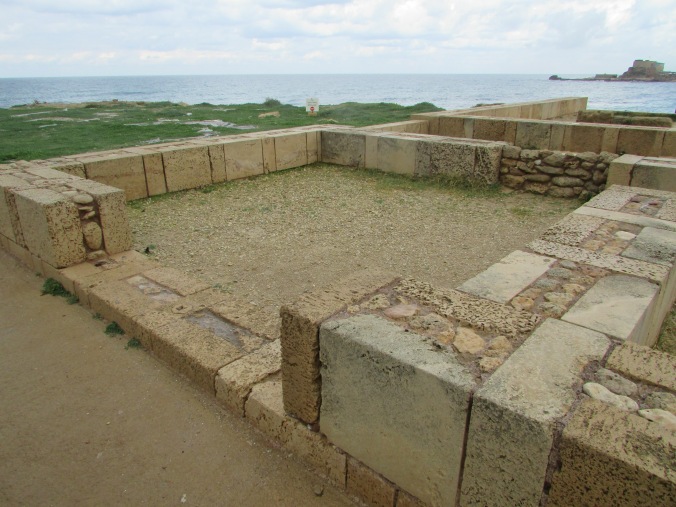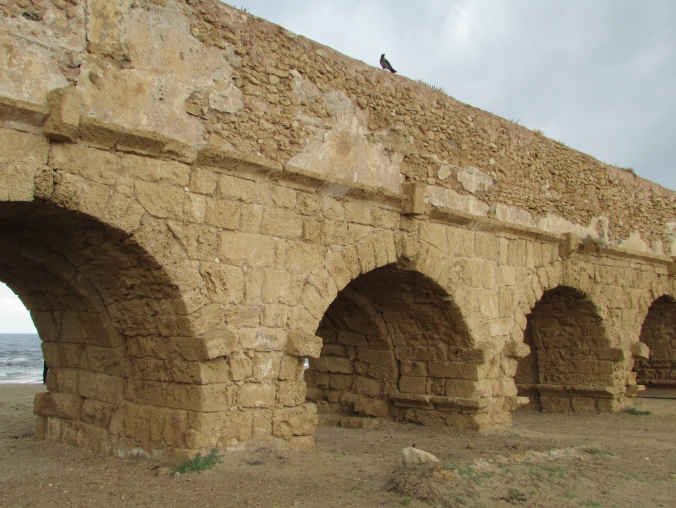We arrived at our hotel in Tiberias overlooking the Sea of Galilee, or Lake Kinneret, shortly after dark on Saturday, January 24th. Sunday morning began with what was definitely one of the highlights of our pilgrimage to Israel; worshipping on a boat on a stormy Sea of Galilee! The original plan had been to travel by boat to another spot along the lake and have the bus pick us up there, but the water was too rough for that and since Jesus wasn’t there to calm the storm (Matthew 8:23-27), we went out and back to the same spot staying fairly close to shore. The boat was aptly named Faith and we all agreed that it was somehow very fitting that we were buffeted by wind and waves just as Jesus and his disciples had been.
As soon as we put out from shore, the Canadian flag was raised and Captain Daniel Carmel, who is also a Christian singer and songwriter with an amazing testimony, declared the boat temporary Canadian territory and “the warmest spot in Canada today!” My heart was full as we all stood and sang O Canada. After a short devotional, we sang hymns and songs of praise and listened to Captain Daniel sing one of his own songs entitled Jerusalem. It was a very moving experience.
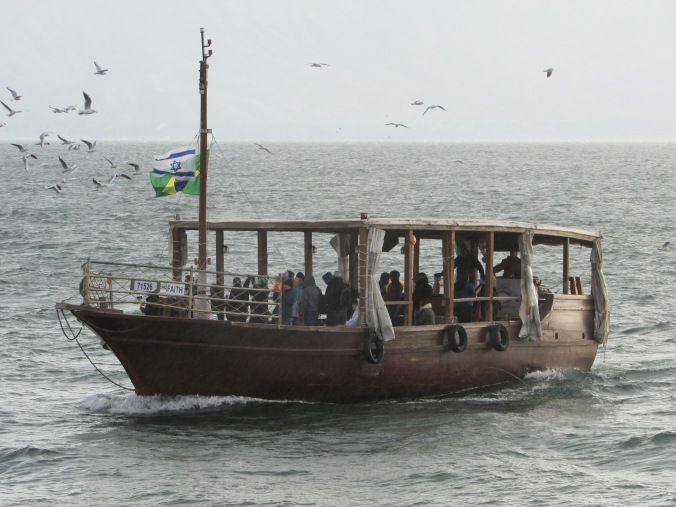
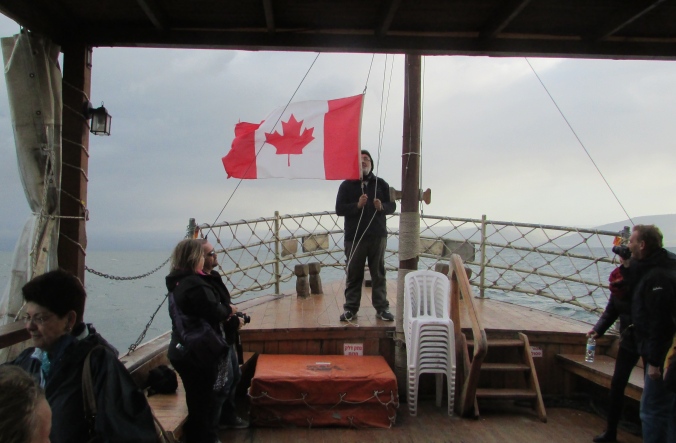
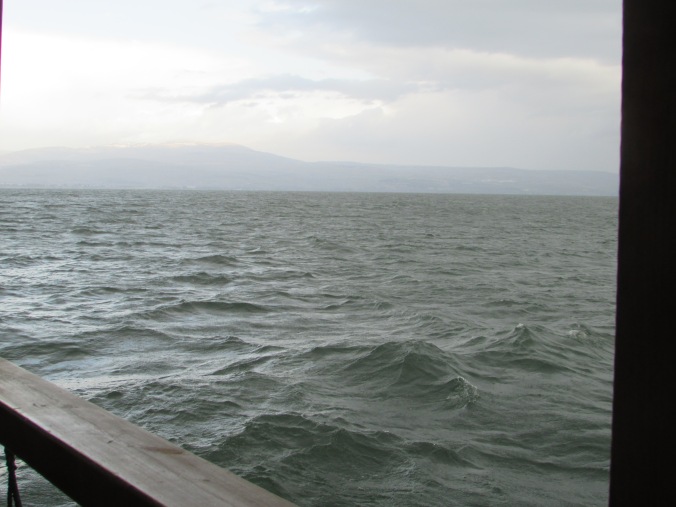
Too soon, we were back on shore and on our way to our next destination, the Jesus Boat Museum on a kibbutz at Ginosar. In 1986, at a time when the water level was particularly low, the remains of a 27 meter long fishing boat from the time of Jesus was discovered in the mud on the northwestern shore of the Sea of Galilee by brothers Moshe and Yuval Lufan. Of tremendous historical importance, it was unearthed by a team of archeologists who took particular care to keep the ancient wood wet so that it wouldn’t dry out and crumble. Encased in expanding foam, it was then floated to a spot where it could be lifted from the water by a crane and moved. It was submerged in a chemical bath for seven years to preserve the wood before it was finally put on display. Though there is no evidence to definitively connect the boat to Jesus or any of his disciples, it is an amazing relic from their day.


